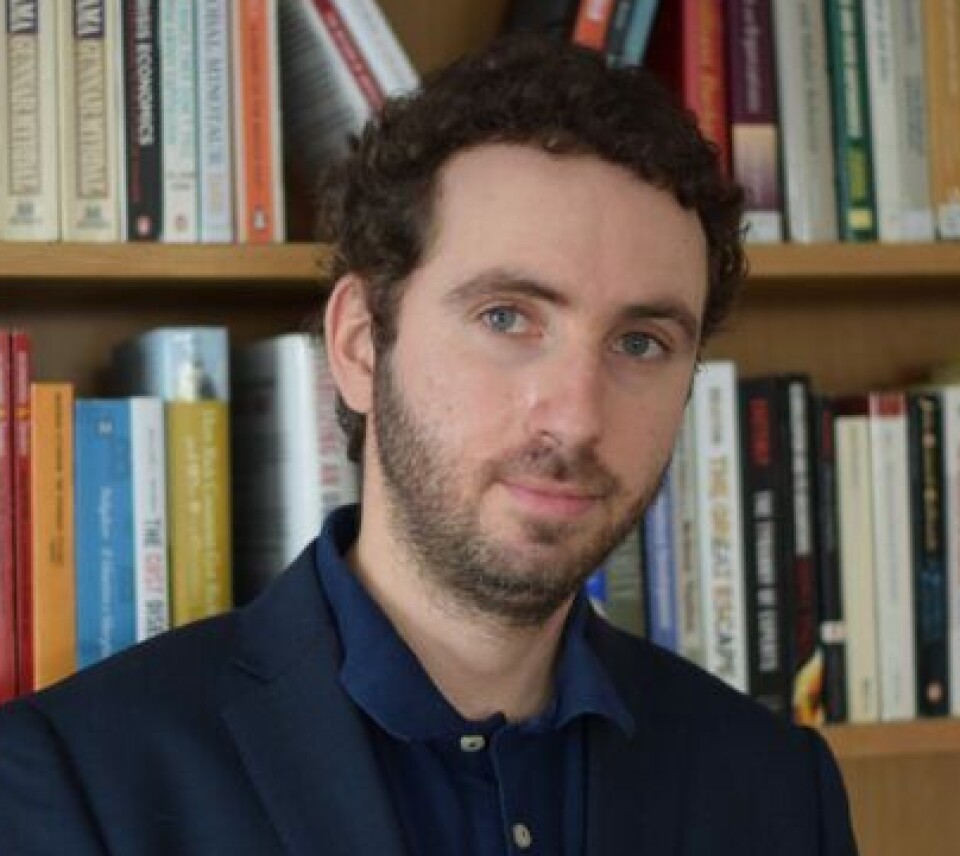THIS CONTENT IS BROUGHT TO YOU BY NTNU Norwegian University of Science and Technology - read more
Many choose unemployment benefits over poorly paid jobs
How low does pay have to be before people can no longer be bothered to work?

You have probably heard people say that ‘it should be worth our time to work.’
This is true even in Norway, where we like to believe that we also take care of people who have ended up outside the workforce, whether involuntarily or not.
“This is what we call the work incentive principle. Basically, there should always be a financial advantage to working instead of receiving unemployment benefits,” says Roberto Iacono. He is an associate professor at NTNU’s Department of Social Work.
Iacono has studied what happens when both the minimum wage and welfare benefits are very low.
Striking a balance
Many countries have a minimum wage designed to encourage more people to stay in the workforce.
One advantage of the work incentive principle is that more people who are able to do so continue to work. Economically speaking, this is good for society as a whole.

An obvious disadvantage of the principle is that people who simply cannot work due to health reasons fall behind financially.
In many developed countries, the challenge is to strike a balance between what is best for society while also caring for the vulnerable.
So, how do we find this balance? One thing is certain – the minimum wage cannot be too low.
People leave poorly paid jobs
It can be tempting for many employers to offer low wages, even the minimum wage, if possible. But if the minimum wage is very low, this strategy may not work very well if the goal is to have as many people working as possible.
If that’s the case, potential employees will simply feel it is not worth the effort.
“The work incentive principle no longer works when both the minimum wage and welfare benefits are so low that the financial return from both approaches is close to the subsistence level,” says Iacono.
Iacono finds that the benefits of working must be more attractive than those of receiving welfare support – especially if both pay and unemployment benefits are very low.
People who are able to work need to earn more from working than what is merely necessary to survive. If they can’t, they opt for unemployment benefits instead.
“For the principle to apply, the minimum wage must be consistently above the subsistence level,” says Iacono.
An important contribution
A number of countries have a minimum wage that is so low that working hardly pays off.
Iacono’s findings show that this is not a sustainable path to take. Not if the goal is to ensure that as many people as possible are active members of the workforce.
“I believe these findings make an important contribution to the minimum wage debate in developed countries that also offer welfare benefits to their citizens,” he says.
Reference:
Iacono, R. The Welfare versus Work Paradox, PLOS ONE, 2025. DOI: 10.1371/journal.pone.0321564
———
Read the Norwegian version of this article on forskning.no
More content from NTNU:
-
Social media is connected to cyberbullying – but not how we thought
-
Forskere ved NTNU får nesten 24 millioner av EU for å lage nye strømomformere
-
This helps the youngest children enjoy school more
-
Can we tap the ocean’s power to capture carbon?
-
Researchers have uncovered major problems in Norway's salmon industry
-
Why ChatGPT is bad at imitating people





































